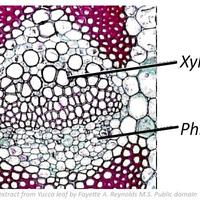
Learn and test your biological vocabulary using these 9.2 Transport in phloem flashcards.
These slides summarise the essential understanding and skills in this topic.
They contain short explanations in text and images - great revision.
Read the slides and look up any words or details you find difficult to understand.
Summary list for 9.2 Transport in phloem
Phloem and translocation
- Plants transport organic compounds (like sugars) from sources (leaves) to sinks (flowers, roots).
- Transport occurs along hydrostatic pressure gradients.
- Active transport causes high concentrations of solutes in the phloem sieve tubes at the source.
- This leads to water uptake by osmosis and raised hydrostatic pressure
- The result is that the phloem sieve tube contents flow away from the source.
Skills
- Identification of xylem and phloem in microscope images of stem and root.
- Ability to compare structure and function of phloem sieve tubes.
- Analysis of data from experiments measuring phloem transport rates using aphid stylets and radioactively-labelled carbon dioxide.
Revision mindmap
These diagram summaries cover the main sections of topic 9.2 Transport in phloem.
Study them and draw your own list or concept map, from memory if you can.
Try to turn the simple mindmap into the detailed mindmap from memory.
Exam style question about phloem
Explaining translocation is an important skill from this topic.
Answer the question below, on a piece of paper, then check your answer against the model answer below.
Describe the transport of sucrose in vascular plants [4]
....................................................................................... ............................................................................
....................................................................................... ............................................................................
....................................................................................... ............................................................................
....................................................................................... ............................................................................
Click the + icon to see a model answer.
This is a self marking quiz containing questions covering the topic outlined above.
Try the questions to check your understanding.
START QUIZ!
Drag and drop activities
Test your ability to construct biological explanations using the drag and drop questions below.
Rate and direction of flow of organic substances in the phloem sieve tubes.
Drag and drop the correct word or phrase into the gap to describe how phloem transport was investigated.
aphid Radioactive sap organic stylet fluorescently single radioactively tongue water points
To investigate transport of organic substances in the phloem, it is necessary to penetrate phloem sieve tubes and also to label individual chemicals to determine rate and direction of transport.
An is a small insect which has a long which penetrates a single phloem sieve tube. The aphid is anaesthetised with carbon dioxide and the stylet cut carefully from the head, the stylet remaining in the vessel and exuding phloem for analysis.
tracers allow chemical types to be identified. Aphids placed at different on the stem allow rates of transport to be determined.
Explanation: The aphid stylet allows the contents of a single phloem sieve tube to be collected for analysis.
Everyone needs a bit of fun while they revise. Try this Transport in phloem card matching game.
Can you reach the leaderboard?
How much of Transport in phloem 9.2 HL have you understood?




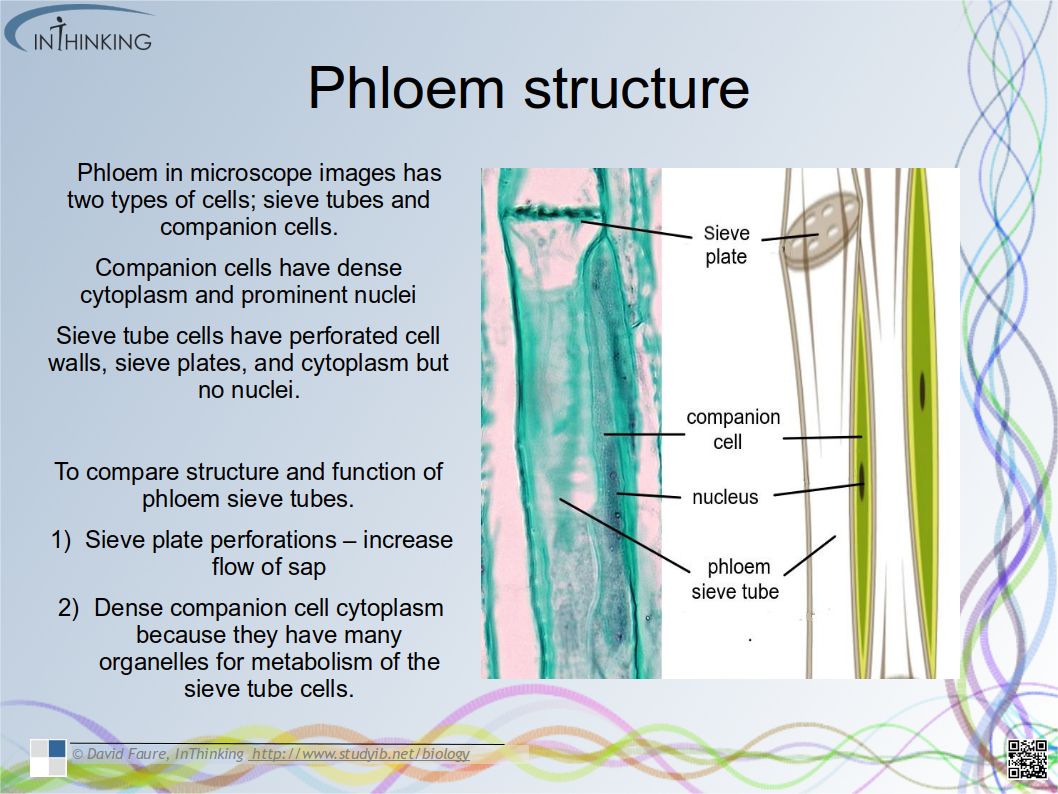


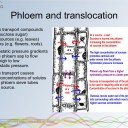


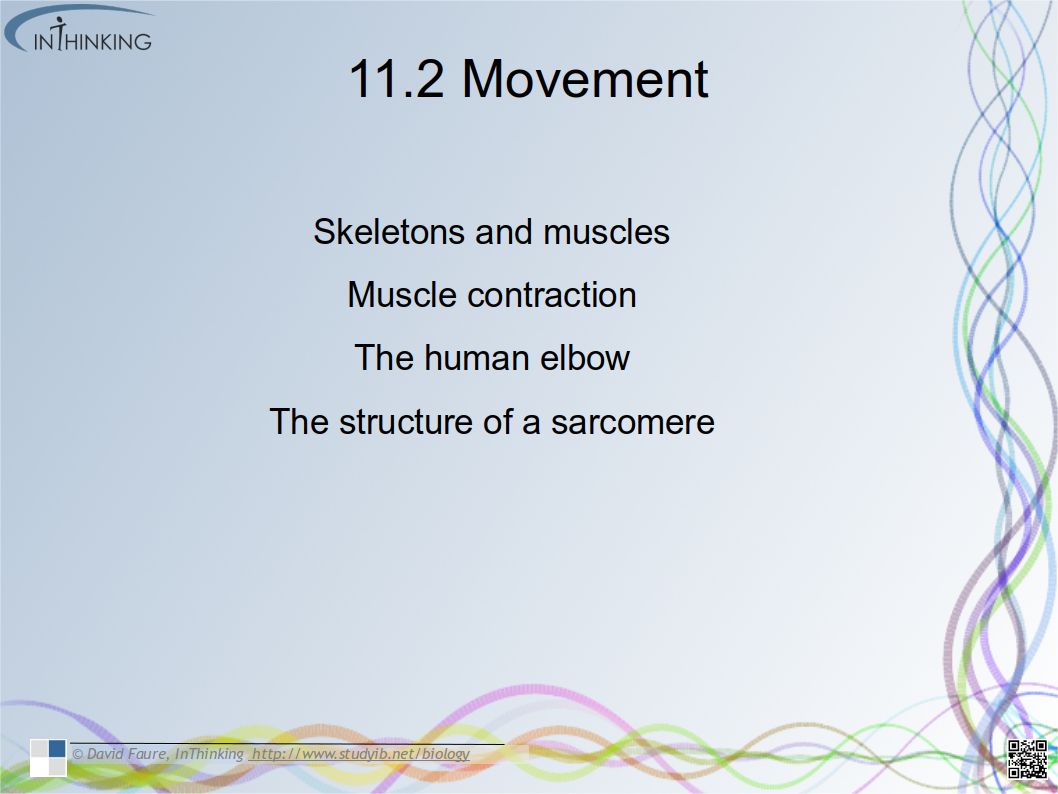
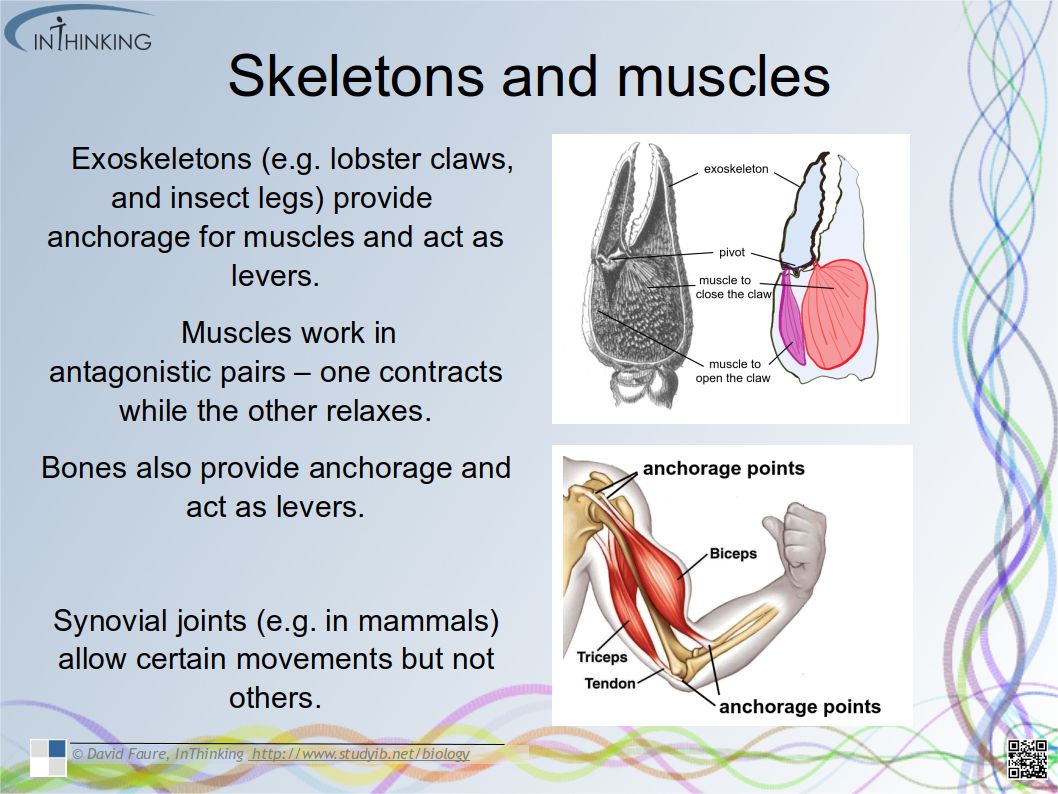
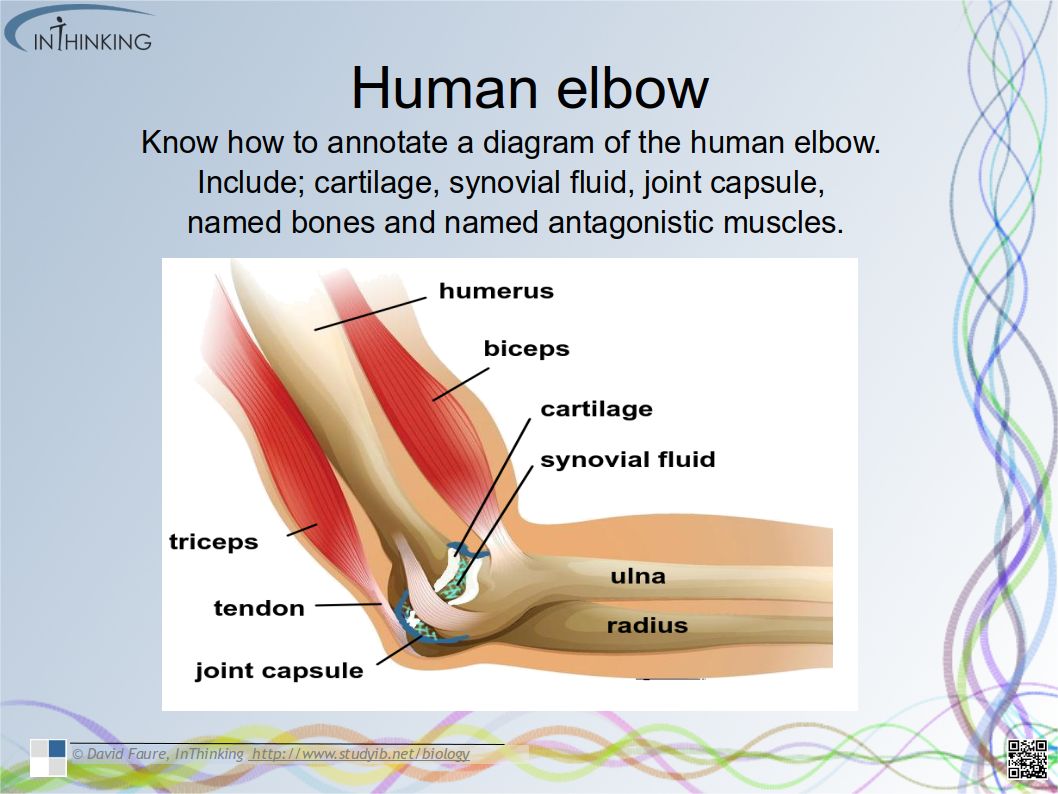

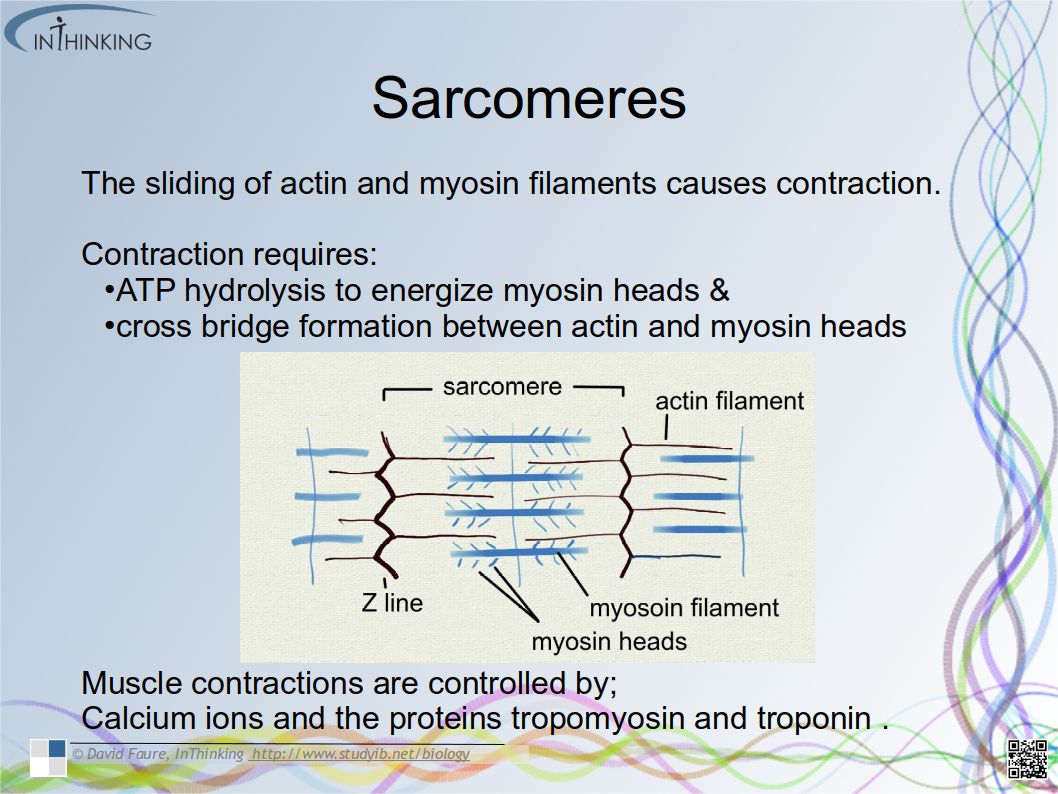

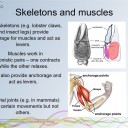
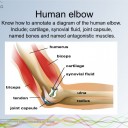





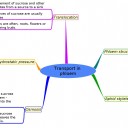
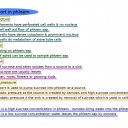
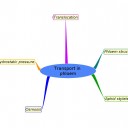
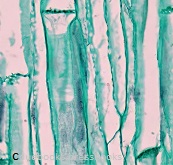

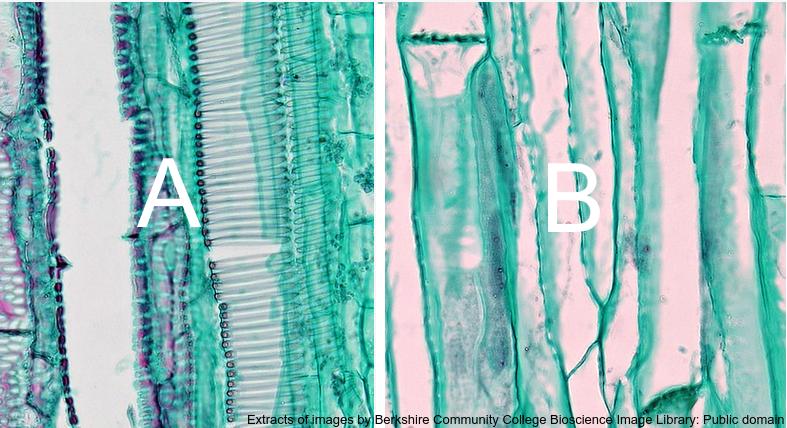

 phloem sap and are sometimes used in studies of the movement of phloem contents.
phloem sap and are sometimes used in studies of the movement of phloem contents. Twitter
Twitter  Facebook
Facebook  LinkedIn
LinkedIn